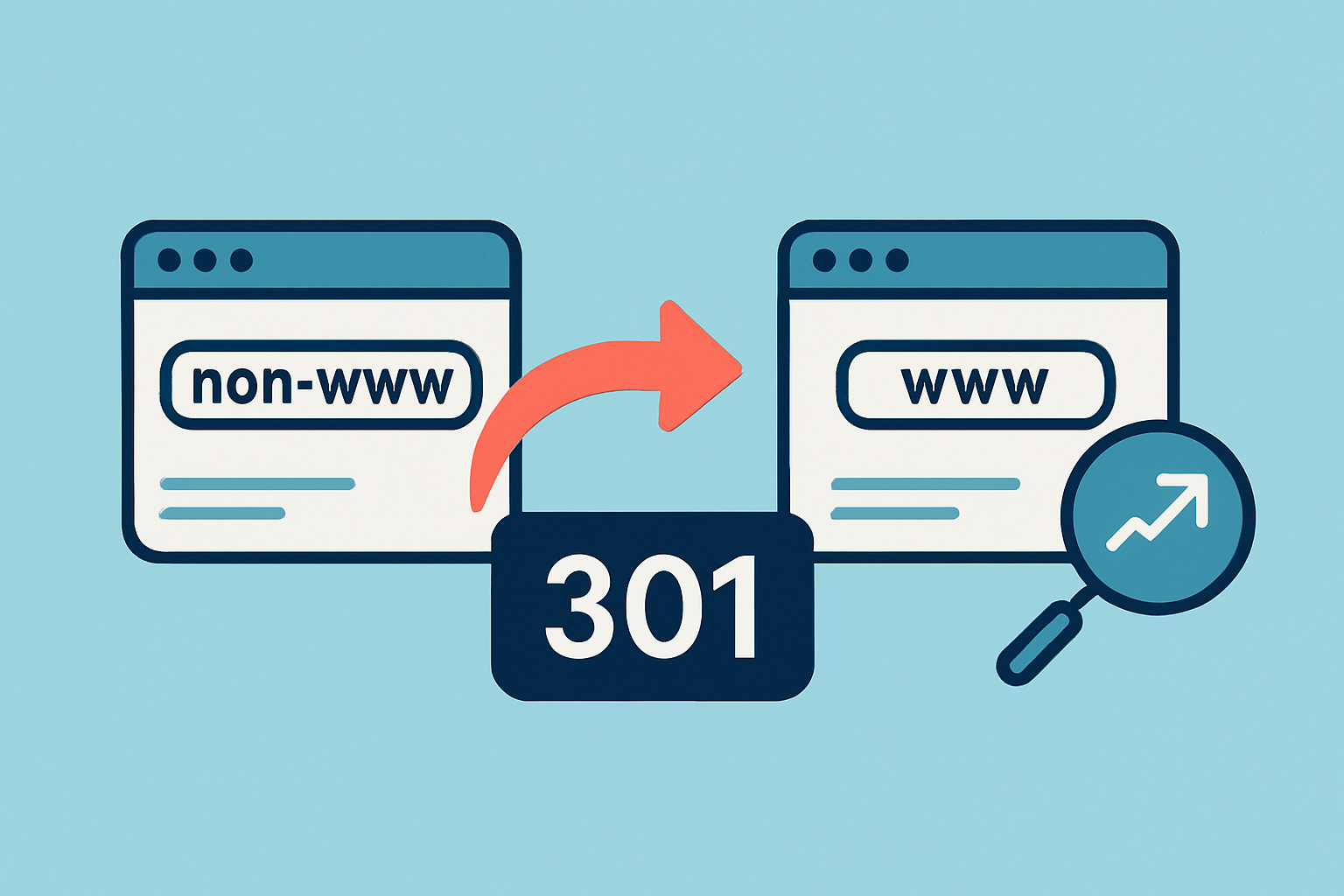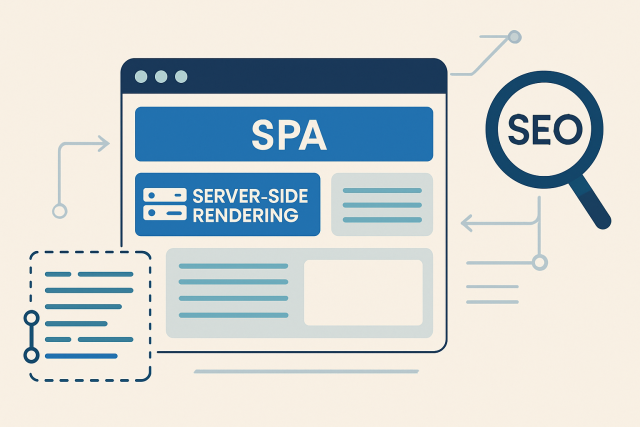
The Definitive Guide to Ranking With HTTPS
Discover how HTTPS impacts SEO and user trust with this comprehensive guide covering migration steps...

The difference between www vs non www versions of a website can feel a bit puzzling, especially if you’re just dipping your toes into the world of web jargon. This article breaks down what these terms actually mean and why picking one over the other usually matters quite a bit when it comes to laying down a solid technical SEO foundation.
The "www" prefix in a web address stands for World Wide Web and usually acts as a subdomain guiding you straight to the website's content. Meanwhile, the non-www version is simply the root domain with no prefix. More often than not both versions will land you on the same site but in the DNS world they are seen as completely different domain variants.
Having both www and non-www versions floating around without picking a side can really throw search engines for a loop and cause those pesky duplicate content issues. This often ends up watering down your link equity and splitting ranking signals, which isn’t great news for your site’s performance.
A lot of people assume the www version is old hat or that dropping it automatically gives your SEO a leg up. That’s not quite how the cookie crumbles. Picking between www and non-www mostly boils down to technical stuff rather than a direct SEO magic bullet. The real game-changer is staying consistent and making sure everything’s configured just right. Both versions can definitely hold their own in search rankings if you play your cards properly, but ignoring redirects or skipping the step of choosing a preferred domain can really trip you up. On top of that, www domains sometimes bring a bit more wiggle room for cookie handling and server setups—something larger sites might actually lean on.
Choosing between www and non-www is mostly a technical call that really shines when you stick to it across the board. It’s less about scoring big SEO points and more about dodging headaches like duplicate content or scattered link equity. In my experience, consistency here is the name of the game.
When choosing between www and non-www, it’s worth weighing your branding vibes and technical needs as well as how everything was set up originally. The www subdomain usually gives you tighter control over cookies and works better with complicated setups. Meanwhile, non-www URLs have a sleek no-nonsense look that some individuals prefer for its simplicity.
Sidestep SEO headaches by picking your favorite domain version and setting up 301 redirects from the others straight to it. That way both your visitors and search engines are happily funneled to the main domain, helping to pool all that SEO juice and avoid duplicate content hiccups.
Decide if you want your main site to use the www version or keep it simple with the non-www version of your domain.
Then set up 301 redirects on your server or CMS to funnel everyone from the domain you don’t prefer to the one you want. No one likes ending up in the wrong place.
Next, tweak your site's canonical tags so they point to the domain you want search engines to favor.
Don’t forget to specify your preferred domain in Google Search Console to make it clear which one should be canonical.
Finally, use your SEO tools to double-check redirects and indexing status to ensure everything runs smoothly and search engines play nice with your site.

A flowchart illustrating 301 redirect setup from non-www to www version ensuring SEO consolidation.
Beyond just choosing between www and non-www, there are a handful of technical SEO details that can genuinely make or break how your site holds up. For instance, double-checking that your SSL certificates match your preferred domain is a small step that pays off big. Then there’s managing cookie settings across any subdomains, which is a pesky but important task. Keep your sitemap and hreflang tags perfectly in sync with your canonical URL. It might sound dry, but it really helps keep things running smoothly. Setting up your DNS records properly to support seamless redirects is another key part of the puzzle.
Once you’ve wrapped up the setup, roll up your sleeves and use various tools and tricks to double-check that your chosen domain configuration (whether www vs non www) is working well. This usually means setting your domain preference in Google Search Console and making sure those trusty 301 redirects fire correctly by running them through redirect checkers. You can also get a sneak peek at how crawlers view your site with handy tools like Screaming Frog. Don’t forget to confirm that search engines have actually indexed your pages properly because search operators can be your best friend here.

Discover how HTTPS impacts SEO and user trust with this comprehensive guide covering migration steps...

Master the implementation of hreflang and x-default tags to enhance your multilingual SEO strategy,...

Learn how SSL SEO not only secures your website but also drives higher Google rankings by boosting t...

Single Page Applications challenge traditional SEO methods. Learn specialized tactics to boost visib...